Skipping rocks across a pond creates ripples. You initiate the motion by tossing the rock, and as it darts across the water, circles from each spot where the rock hit the water reveal themselves. We can all probably agree that there’s something satisfying about seeing the results of something we’ve set in motion.
In business, networking creates these same ripples. You meet someone, and they become a customer. Through that person, you meet more people who might also become customers. This ripple effect is something to strive for throughout the process of growing your business — as you expand your reach, your network of contacts and prospective clients should also expand.
But how do you recruit new customers and ensure you properly categorize their contact information? That’s where lead generation comes in. A lead is someone who expresses interest in your business, product, or service. It’s your job to convince them your company is better than the rest.
Don’t know where to start? Here are the best lead generation tips — from how to keep track of clients’ information to ways to ensure your customers stay loyal and engaged.
1. Track your big spenders
Knowing your business inside and out means being able to pinpoint where your revenue is coming from — in other words, breaking down which clients spend the most money and how they spend it. Not only does this give you a good idea of your financials, but it also equips you with information you can present to new contacts about how your future working relationship might play out.
Client retention is a vital part of keeping your business stable — especially when it comes to the clients who invest the most resources in your business. Understanding their needs can give you a regular reminder why you went into business with them in the first place — and it can guide you in the ways you might take on similar clients in the future.
2. Prioritize what’s important
It might sound obvious, but you want your business to make the most money possible.
That’s why tracking where your leads come from is so important: It will help shape your overall strategy — and it can even make your business more elastic. If you notice one source results in substantially more leads than another, you’ll know to focus on that source in the future — which will ultimately lead to better targeted potential customers.
Research shows that it costs five times as much to get new customers as it does to keep the ones you already have. If you’re tracking your leads, you know exactly what it takes to attract customers and who spends the most with your business.
With these high-value clients, the trust is already there — instead of making a first sale, you’re making a repeat sale. As a result, the sales pitch is much more familiar — which could save you money.
3. Trust your intuition
One thing a computer or spreadsheet won’t give you is a new idea. Checking in with your team and taking suggestions for how to tackle lead generation is a great way to stay informed and guide your business.
Plus, asking for a second opinion or outside perspective might allow you to learn things you didn’t catch at first glance. Someone on your team might be working more closely with one of your clients than you are, and their expertise can provide perspective on how to continue nurturing them. Taking notes related to this part of your operation will only make you sharper, further strengthening your lead generation efforts.
4. Classify your leads
Listing your leads in sequential order is only going to get you so far. Having a quick reference with columns and rows that clearly label your clients and their characteristics — their communication preferences, long-term prospects, and how they prefer their deliverables — is essential to success.
With Jotform, you can organize and track both your clients and leads with different form templates. Jotform’s lead generation forms store client information like email addresses, phone numbers, and addresses. This form is also compatible with software like Salesforce and HubSpot, so if you have multiple workflow systems, they’ll be synced up.
Even better, with Jotform’s client database template, you can consolidate all your form submissions into tables for easy reading and quick reference. The table automatically updates every time a lead generation form is submitted, so you don’t have to worry about crossing any wires. And with customizable viewing options, you can tailor your sheets however you see fit.
5. Build relationships
The longer you’re in business, the more people you’re going to come into contact with — and the more you’re going to learn from these experiences.
Think about cataloging these interactions and keeping track of your clients’ information as if you’re writing a business diary. This way, you can remember exactly what you were thinking when you dealt with a client at a certain time — and that will help guide your future decisions.



























































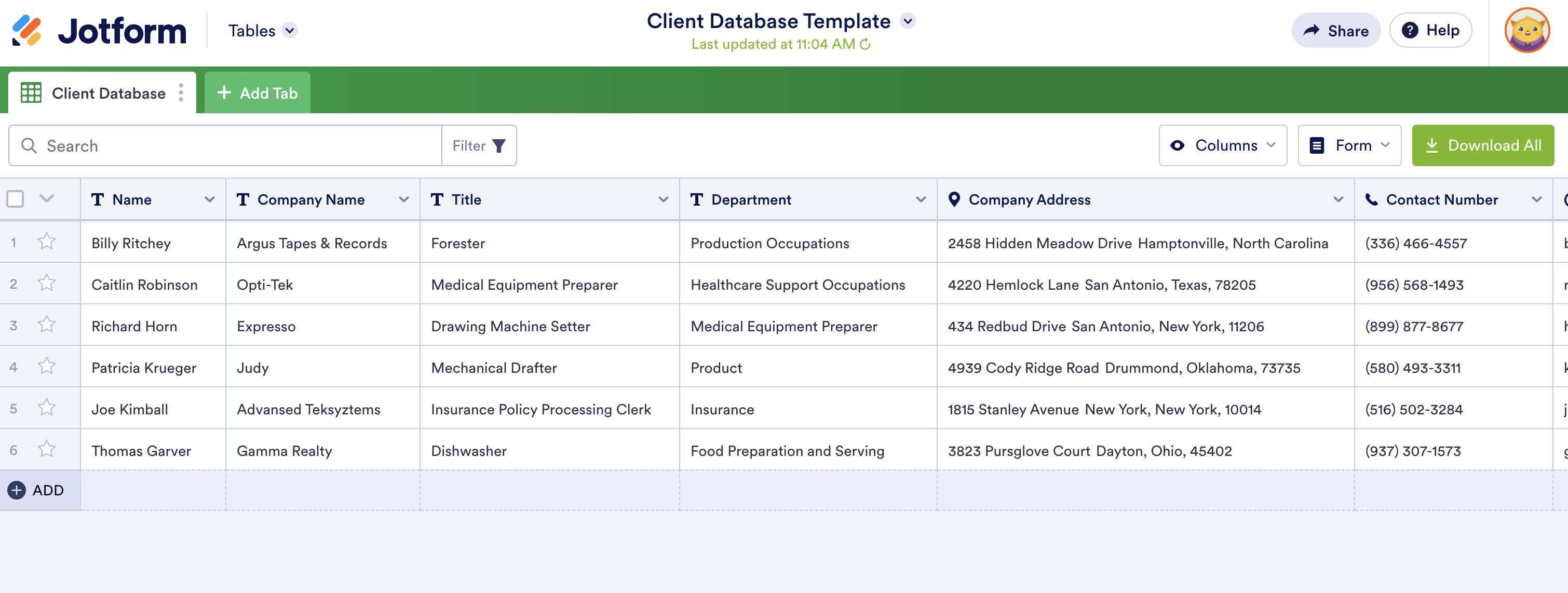







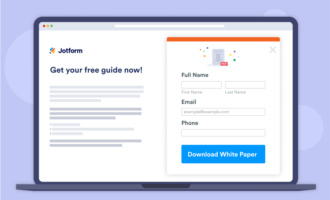



















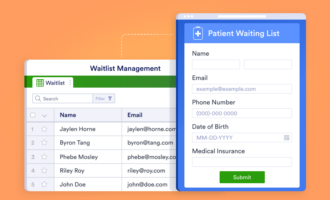




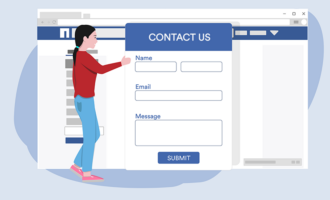
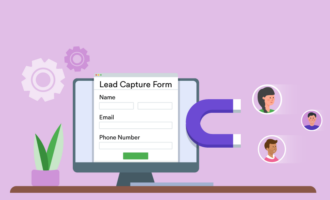




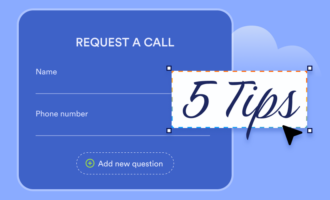
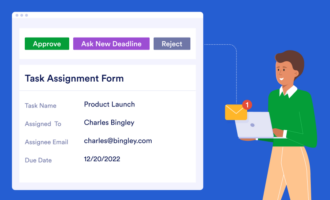






Send Comment: